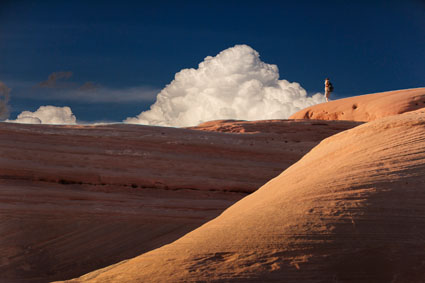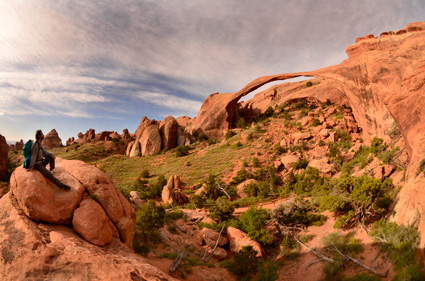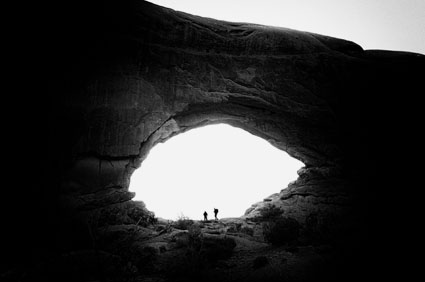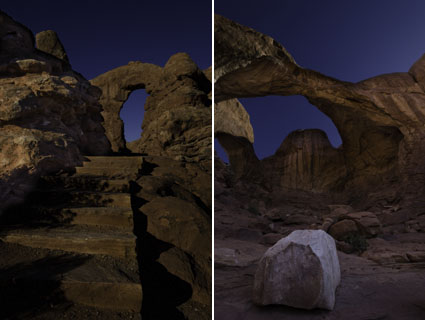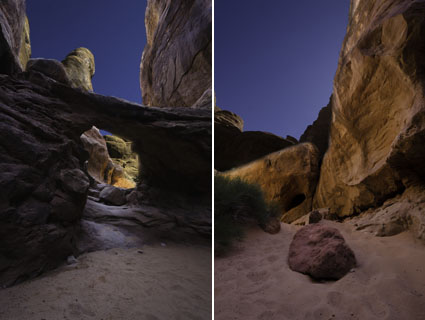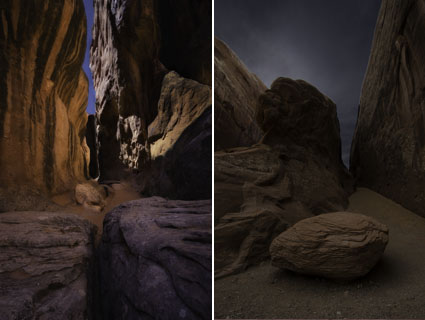Answer Your Own Call – Barry Boulton
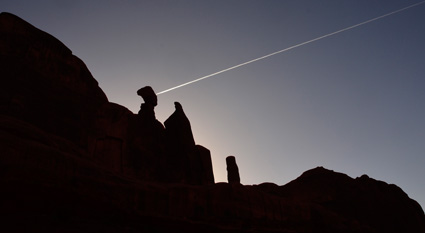
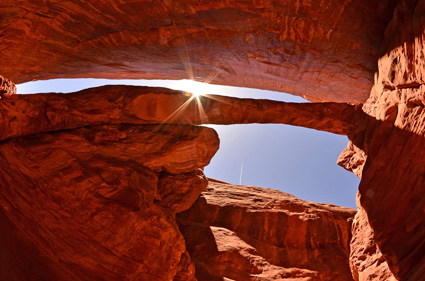
During my Arches digital photography workshop, Barry Boulton expected to make pristine landscapes untouched by man. But during our initial reviews of his work, he was struck by the realization that a majority of his images either had people in them or showed signs of their being there. So he pursued the idea to see how far he could go with it. It worked for him – consistently.
Very often we don’t recognize that we’ve already started to do the work we’re called to do. All we have to do is recognize the call and then answer it. You can learn a lot about your voice if you only look closely and find the patterns that exist between the images you’ve already created.
What themes and patterns can you identify in your work? Which ones are you most excited to pursue further?
Find out more about my Arches digital photography workshop.
Learn more in my digital photography workshops.


